Methods For Recovering Viruses From The Environment
This book argues, that without methods, there can be no research. Effective research requires effective methods, not always easy to come by. The development of methods in environmental virology became a focus of growing interest about two decades ago. Progress has been significant since that time in pure experimental systems, where there are no interferences, consistent high recoveries of viruses from environmental waters has been achievable for some time. In the natural environment, however, in relatively clean waters, substances such as humic and fulvic acids interfere with viral recoveries and average recovery rates probably do not reach 20%. With sewage sludges and shellfish, recoveries are undoubtedly much lower. Yet, even relatively low viral recovery rates have made possible the detection of viral hazards in drinking waters. The hazards that exist are undoubtedly much greater than those demonstrated with the relatively inefficient methods inefficient methods developed thus far. Improving methods, as they are developed in the years to come, will undoubtedly bring the true extent of the hazards into better perspective.
{{comment.content}}
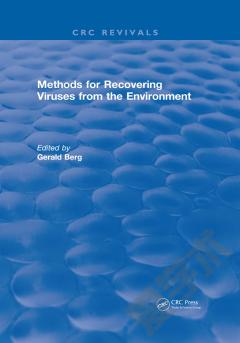
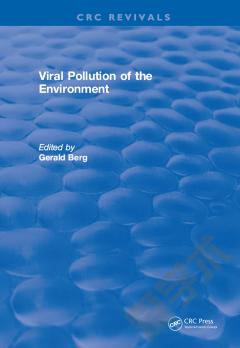

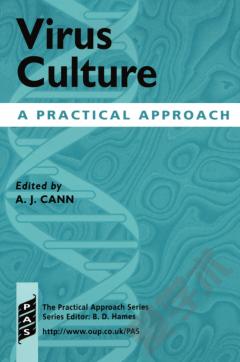
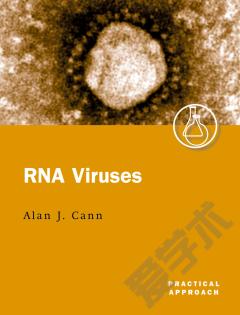
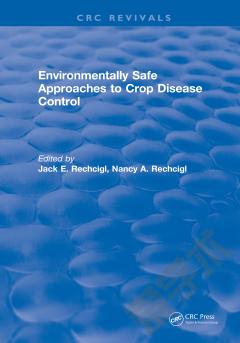
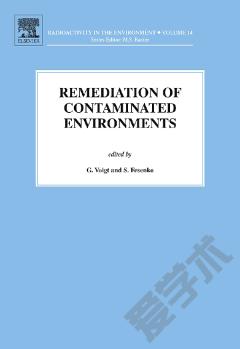

 京公网安备 11010802027623号
京公网安备 11010802027623号